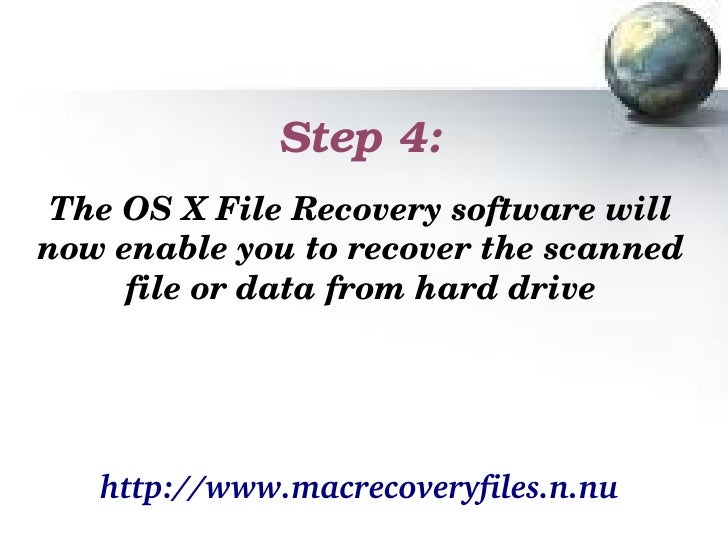

- #MAC OS RECOVERY HOW TO#
- #MAC OS RECOVERY MAC OS#
- #MAC OS RECOVERY INSTALL#
- #MAC OS RECOVERY UPDATE#
Erase, repair, verify or scan connected devices with Disk Utility.
#MAC OS RECOVERY INSTALL#
Erase factory version of OS X or install or re-install it.You can use Mac Recovery Mode to do the following Mac users that initiate the recovery mode can also fix and wipe hard disk data and also re-install macOS. Therefore, it is a multifunctional Mac utility that enables users to safely recover as well as restore data from Time Machine. In a situation where Mac cannot be recovered using any other method, recovery mode becomes the last option since it diagnoses disk problems. It is similar to a program whose responsibility is loading the Mac built-in recovery tool from a certain disk partition holding the duplicate OS X installer with a recovery image.
#MAC OS RECOVERY HOW TO#
It is important to understand Mac Recovery Mode before learning how to fix Mac recovery mode not working issues on macOS 11. If you notice that the macOS recovery mode is not working, there is no need to panic and ask “why my MacBook won’t go into recovery mode on macOS 11?” In this article, you will learn more about Recovery Mode and various ways to fix it. However, this option is also not perfect since you may find that Mac won’t boot into recovery mode on macOS 11, a clear indication that it is stuck. When errors and faults arise and affect MacBook productivity, Mac users fix the problems with Recovery Mode. Just like other computers, MacBooks are also vulnerable to functionality issues.

#MAC OS RECOVERY UPDATE#
macOS 10.14 Update Not Showing on App Store.Alternatives to Adobe Acrobat for macOS 10.14.
#MAC OS RECOVERY MAC OS#
Mac Won’t Wake from Sleep on mac OS 10.14.Black Screen after Upgrade to macOS 10.14.Time Machine Stuck on Preparing Backup in macOS 10.14.Apps Freeze or Quit Unexpectedly on macOS 10.14.Merge and Remove Duplicate Contacts on macOS 10.14.Remove and Rearrange Menu Bar Icons on macOS 10.14.Edit Photos with Preview in macOS 10.14.Method to Back Up Data on Mac before Updating into 10.14.So to answer your question, do not rebuild your entire tool chain in recovery, instead you can use these to restrict and encrypt your data so that someone with physical access can only destroy your data and not modify it. This same advice applies fairly evenly for cron and other restricted tools or environments like containers. Being skilled about working in a restricted shell is a specialized area and most people don’t need to spend any time learning it. If you get an error in recovery - that error lets you know you need better instructions or to be with a mechanic that can help with your repair. It’s designed to get you to a service station at low speed, not to continue your race or journey. Think of recovery terminal as a spare tire. You are crossing two intentionally designed abstraction barriers to ask for brew to run in recovery. Brew is designed to not even use sudo except for specific limited setup and maintenance tasks so it uses the normal shell like the normal shell uses recovery shell. This is good since you have none of the protections (guardrails) of a normal shell so the system is designed to only work with fully qualified paths to precisely the limited subset of tools that are available. When you take instructions that were written for a full shell ( su and sudo), they will break. Recovery terminal is a severely restricted shell, many commands are intentionally not available.Recovery terminal dramatically changes mounted filesystem paths ( be sure / is what you think it is before making changes).You are already root user in recovery terminal.This is a very common misunderstanding and an understandably confusing situation.


 0 kommentar(er)
0 kommentar(er)
